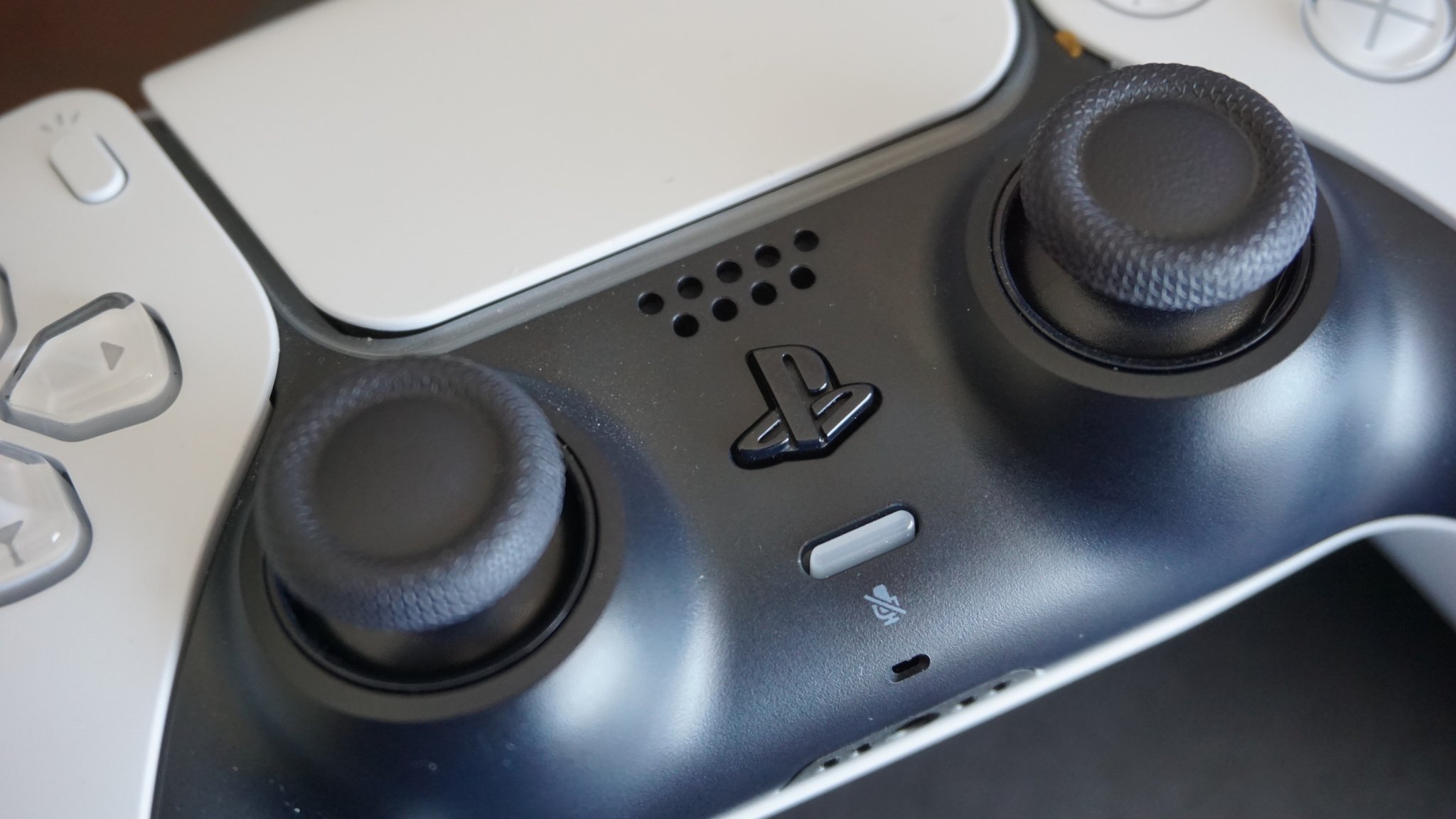Google Pixel 'Fold' - News, Leaks, Release Date, Specs, and Rumors! - Android
Here's what we know so far about Google's foldable Pixel phone.
![]()
Flagship phone designs haven't changed all that much in the last two to three years — the Galaxy S21 looks very similar to its predecessor — so if you're looking for a phone that stands out, you'll need to pick up a foldable. Samsung, Huawei, and Motorola have pioneered this category, and we're at a point where the best foldable phones are no longer a tech demo but just as usable as traditional phones for day-to-day use.
More and more brands are set to make their foray into the foldable category as the segment matures, with LG set to unveil its rollable phone sometime this year. Another brand that's allegedly launching a foldable is Google; the latest leaks point to the search giant introducing a foldable option in the Pixel series sometime as early as this year. Here's what you need to know about Google's upcoming foldable phone.
Jump to:
- Release date
- Price
- Availability
- Design
- Specs
- Software
Google Pixel Fold Release date
Right now, the only credible information regarding a Google foldable comes from noted leaker Jon Prosser, who revealed that the Pixel Fold is a real product, and that it is set to launch sometime at the end of 2021 or early 2022:
the google pixel "fold" is a real thing
— Jon Prosser (@jon_prosser) February 25, 2021
That news was corroborated by display analyst Ross Young, who also suggested a Q4 2021 launch for the Pixel Fold. The timing makes sense because Google traditionally unveils its flagship devices at an event in October. The Pixel 5 was introduced on September 30 and went on sale a few weeks later, and we could see a Pixel Fold make its debut at this year's event.
Google Pixel Fold Pricing
Samsung released the Galaxy Z Fold 2 for $1,999, but the manufacturer has a generous trade-in that provides up to $750 off when upgrading to the foldable, making it that much more enticing. Of course, Google's trade-in policies for its Pixels haven't been anywhere as good, but the shift to mid-range hardware with 2020 Pixels means we could see a similar strategy for the Pixel Fold.
Google has never believed in offering the best hardware specs, instead relying on software optimization to deliver a great user experience. That may extend to the Pixel Fold as well, and in doing so make the foldable phone that much more affordable when compared to its rivals.
Google Pixel Fold Availability
Samsung has a global presence and sells its phones in over a hundred countries, but Google has taken a more measured strategy. The Pixel 5 is available in just nine markets — Australia, Canada, France, Germany, Ireland, Japan, Taiwan, United Kingdom, and United States — with Google content to sell the phone in select countries.
It's unlikely that the Pixel Fold will be sold outside of these markets, and Google may even choose to limit initial availability for its first foldable phone. We don't have any credible information about availability at this point, but that should change closer to the launch date.
Google Pixel Fold Design
There have been rumblings of a Pixel foldable phone for a few months now, with Korean news outlet The Elec writing back in February that Google is sourcing flexible OLED panels from Samsung for its upcoming foldable phone:
Google, meanwhile, has requested Samsung Display develop a foldable OLED panel around 7.6-inch in size.
Like Samsung's own Galaxy Z Fold 2, the screen on the upcoming Pixel Fold is said to be an in-folding design that closes inward. The 7.6-inch screen size is identical to what Samsung used on the Z Fold 2, so it is possible that Google may be using the same panel for the Pixel Fold.
![]()
If Google does choose to go with an in-folding design, the Pixel Fold may look a lot like the Galaxy Z Fold 2. Google patented a foldable design (via Patently Apple) back in 2018 that shows off a clever three-screen design with a hinge and a smaller rectangular display that slides out to increase the footprint of the device.
It is entirely possible that the patent won't translate to a real-world device (most never do), but it is an intriguing design nonetheless. Given the nature of Pixel leaks in the past, we should see renders of the Pixel Fold show up in the coming weeks and months.
Google Pixel Fold Specs
Google switched up its strategy with its 2020 flagships, opting to use Qualcomm's mid-range Snapdragon 765G chipset in lieu of the flagship Snapdragon 865 to lower the costs. The move worked particularly well for devices like the Pixel 4a 5G and even the Pixel 5, which undercut Samsung by a significant margin.
We may see a similar move for the Pixel Fold. The key highlight of any Pixel phone is the camera, and it will be interesting to see if Google changes its formula for the Pixel Fold. Google relies primarily on software to deliver outstanding photos — Pixel phones have used the same hardware sensor for the last three years — and the Pixel Fold may get the same 12.2MP primary and 16MP wide-angle modules as the Pixel 5.
Google Pixel Fold Software
If cameras are the main differentiator for Pixels, the software is a close second. Google made a few additions to Android over the course of the last year to better facilitate foldable screens, and it will be interesting to see what new features it brings to the table with the Pixel Fold.
With the foldable slated for a launch before the end of the year, we should be hearing a lot more about the Pixel Fold in the coming months. In the meantime, what do you want to see from a Google foldable phone? Let us know below.
07/03/2021 03:47 PM
Here's why the PlayStation 5 DualSense controller joysticks drift
07/03/2021 12:30 PM
Russia is using online disinformation to trash rival COVID-19 vaccines
07/03/2021 02:45 PM
Save 20 percent and plug in with the Aukey Omnia 4-port USB-C charger
07/03/2021 01:56 PM
'Watch Dogs - Legion' PC multiplayer delayed indefinitely due to bugs
07/03/2021 04:33 PM
China five-year plan aims for supremacy in AI, quantum computing
07/03/2021 05:56 PM
TiVo Stream 4K review - Is it a Google Chromecast killer
07/03/2021 07:00 PM
Xbox test brings Microsoft's Chromium-based Edge browser to consoles
07/03/2021 01:27 PM
- Comics
- HEALTH
- Libraries & Demo
- Sports Games
- Racing
- Cards & Casino
- Media & Video
- Photography
- Transportation
- Arcade & Action
- Brain & Puzzle
- Social
- Communication
- Casual
- Personalization
- Tools
- Medical
- Weather
- Shopping
- Health & Fitness
- Productivity
- Books & Reference
- Finance
- Entertainment
- Business
- Sports
- Music & Audio
- News & Magazines
- Education
- Lifestyle
- Travel & Local



